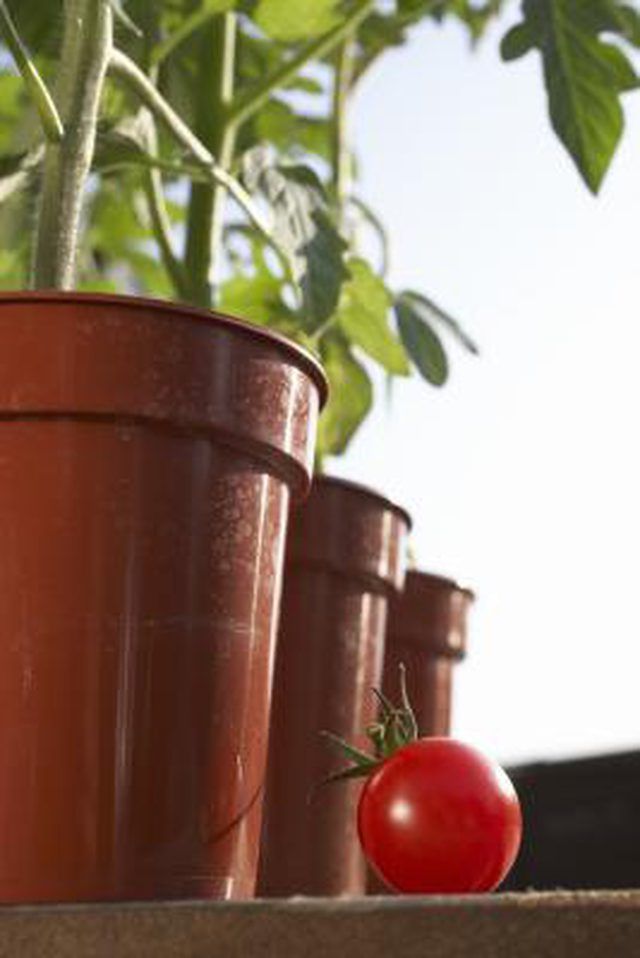Bulbs
Flower Basics
Flower Beds & Specialty Gardens
Flower Garden
Garden Furniture
Garden Gnomes
Garden Seeds
Garden Sheds
Garden Statues
Garden Tools & Supplies
Gardening Basics
Green & Organic
Groundcovers & Vines
Growing Annuals
Growing Basil
Growing Beans
Growing Berries
Growing Blueberries
Growing Cactus
Growing Corn
Growing Cotton
Growing Edibles
Growing Flowers
Growing Garlic
Growing Grapes
Growing Grass
Growing Herbs
Growing Jasmine
Growing Mint
Growing Mushrooms
Orchids
Growing Peanuts
Growing Perennials
Growing Plants
Growing Rosemary
Growing Roses
Growing Strawberries
Growing Sunflowers
Growing Thyme
Growing Tomatoes
Growing Tulips
Growing Vegetables
Herb Basics
Herb Garden
Indoor Growing
Landscaping Basics
Landscaping Patios
Landscaping Plants
Landscaping Shrubs
Landscaping Trees
Landscaping Walks & Pathways
Lawn Basics
Lawn Maintenance
Lawn Mowers
Lawn Ornaments
Lawn Planting
Lawn Tools
Outdoor Growing
Overall Landscape Planning
Pests, Weeds & Problems
Plant Basics
Rock Garden
Rose Garden
Shrubs
Soil
Specialty Gardens
Trees
Vegetable Garden
Yard Maintenance
Watering Tomatoes in Pots
Watering Tomatoes in Pots. Potted tomatoes (Lycopersicon esculentum) are great for gardeners with limited space, but unlike with tomatoes in the garden, you will need to pay careful attention to watering. Container tomatoes on porches and balconies are often subjected to more extreme weather than tomatoes in the garden, including scorching sun,...

Potted tomatoes (Lycopersicon esculentum) are great for gardeners with limited space, but unlike with tomatoes in the garden, you will need to pay careful attention to watering. Container tomatoes on porches and balconies are often subjected to more extreme weather than tomatoes in the garden, including scorching sun, which causes the small amount of soil to dry out frequently. If not watered enough, the feeder roots will be damaged, resulting in a stressed plant. On the other hand, if watered too much, the plant may suffer from nutrient deficiencies and more. Tomatoes are grown as an annual vegetable for their fruit in in U.S. Department of Agriculture plant hardiness zones 2 to 10 and as a tender perennial in USDA zones 10 and 11.
Things You'll Need
Water-soluble fertilizer
Water the soil slowly and thoroughly until it is evenly moist immediately after planting. Add more soil to the pot if it settles from the water, and water it again to moisten the added soil. Continue adding soil and watering until the soil is within 3/4 inch of the pot's edge and evenly moist. Keep the soil consistently evenly moist by watering it once or twice daily. As a rule, watering the young tomatoes until water runs through the bottom drainage holes gives them the water they need.
Check tomato plants twice daily for watering needs as they mature, starting in the morning. Stick your finger into the soil down to 1 inch deep, and if the soil sticks to your finger, it does not need water, but if it does not stick, water it until water runs out the bottom drainage holes. The amount of water needed varies between a quart to a gallon depending on the pot size, weather conditions and plant size. Avoid getting water on the leaves because wet leaves are more susceptible to fungus and mildew.
Water dry soil immediately before fertilizing the tomatoes, wetting the soil thoroughly until water runs out of the bottom drainage holes. On average, tomatoes are fed a water soluble fertilizer with a composition of 20-20-20 or 15-30-15. Apply weekly beginning in midseason. Rinse fertilizer residue from the tomato's leaves.
Tips & Warnings
Water-holding gels mixed in before planting will help maintain moisture, meaning less watering. The starch-based gels hold water and gradually release it as it is needed.
Adding a 1-inch layer of mulch will prevent water loss. Straw, compost, pine needles, grass clippings and shredded bark make excellent mulches.
A non-porous pot like plastic will not dry out as rapidly as a porous pot like clay, meaning it will require less watering.
Group plants together to create natural shade if the soil is extremely dry every day.
Determinate tomato varieties are best for container growing because they are small and require less staking than indeterminate varieties.
Pots must have at least four bottom drainage holes or the tomatoes may develop root rot.